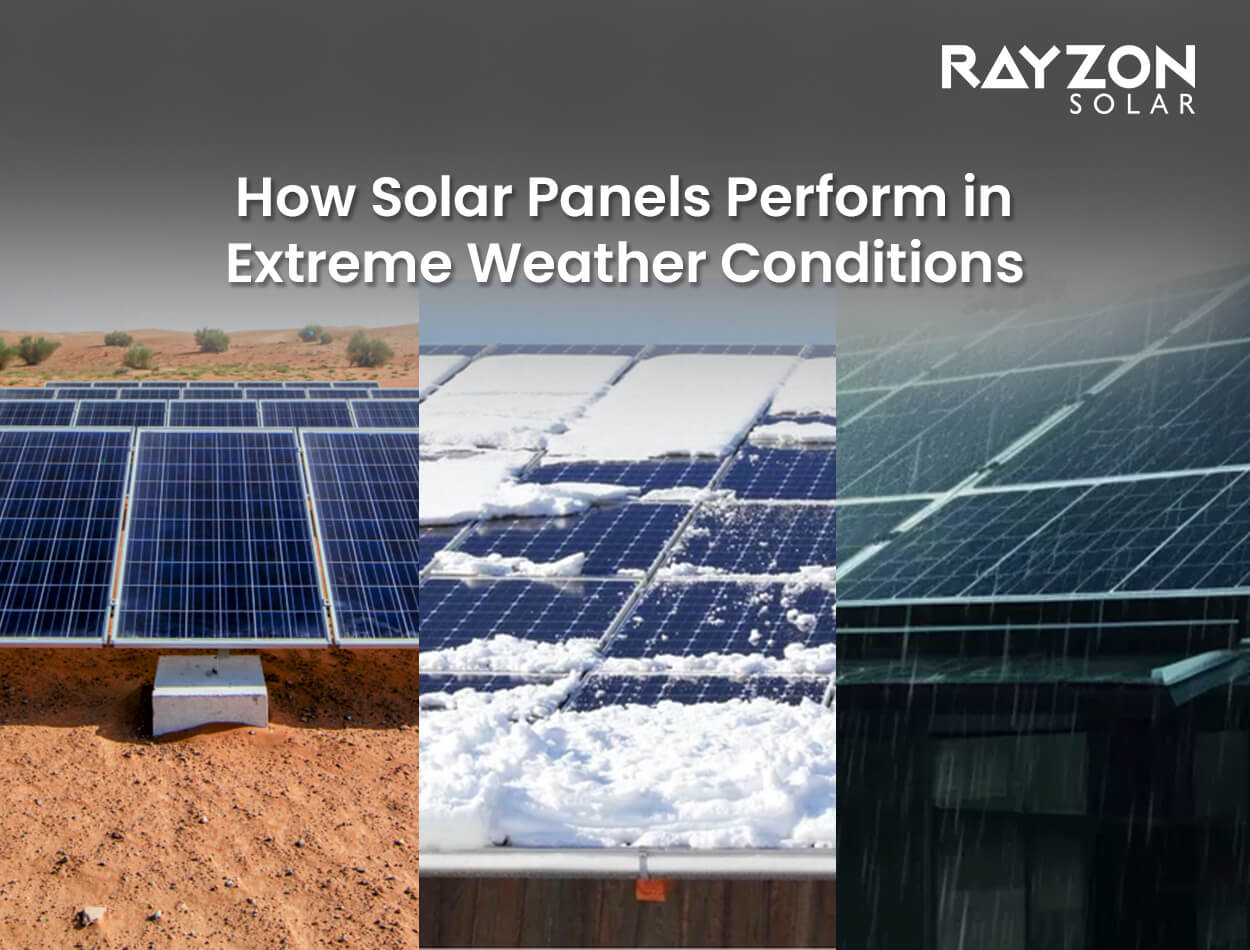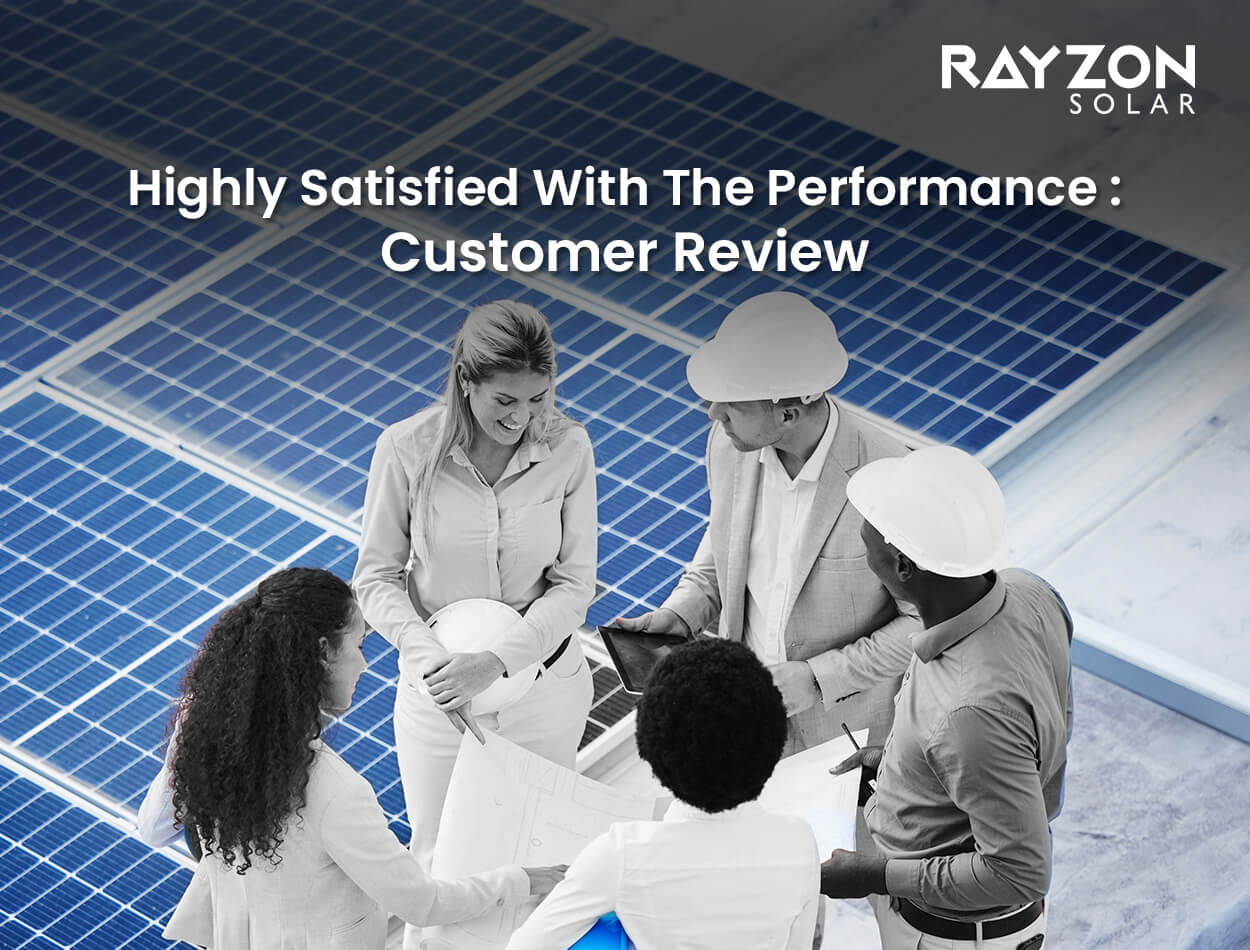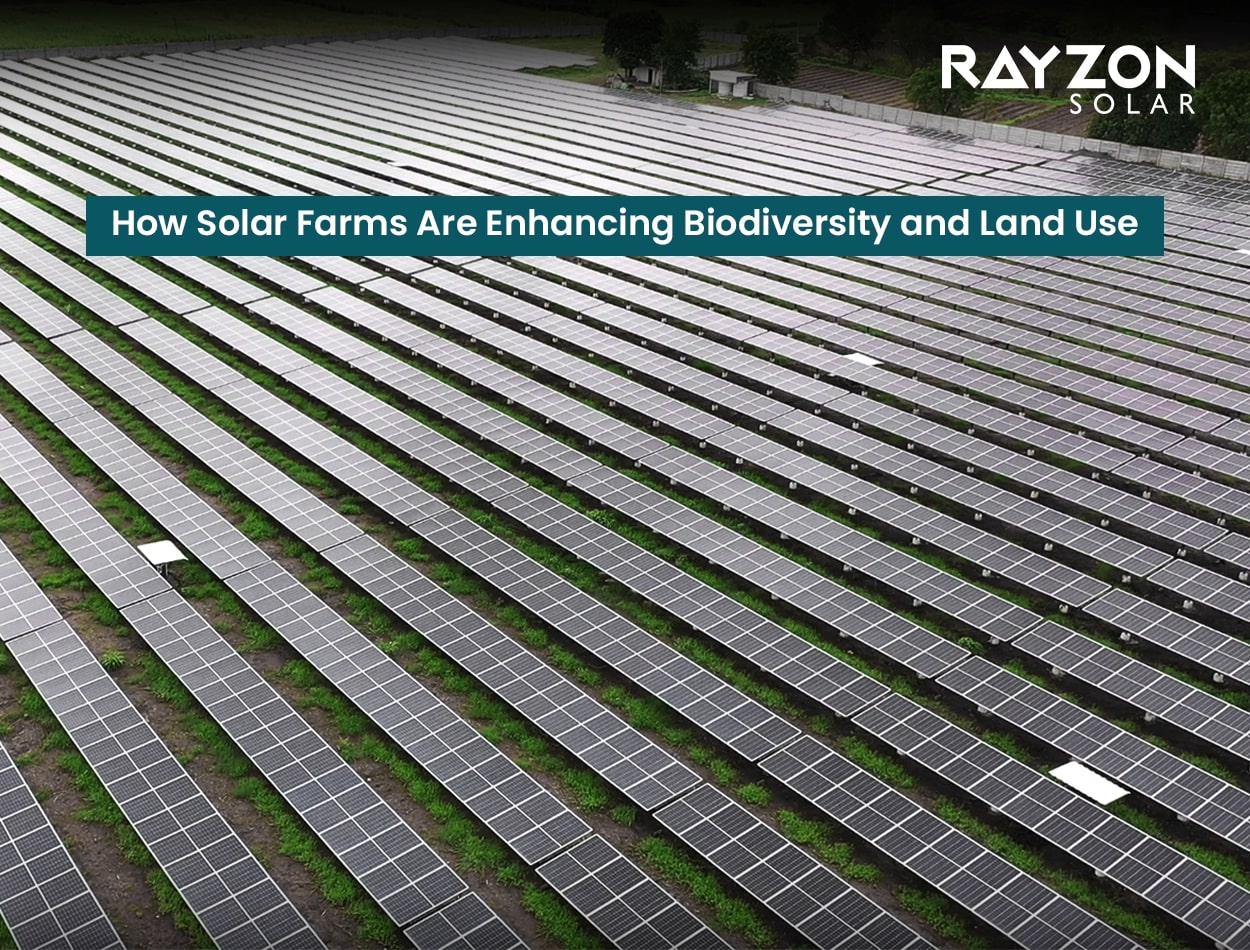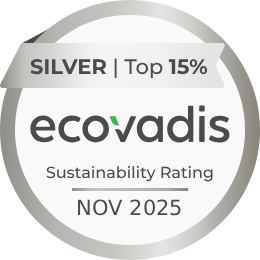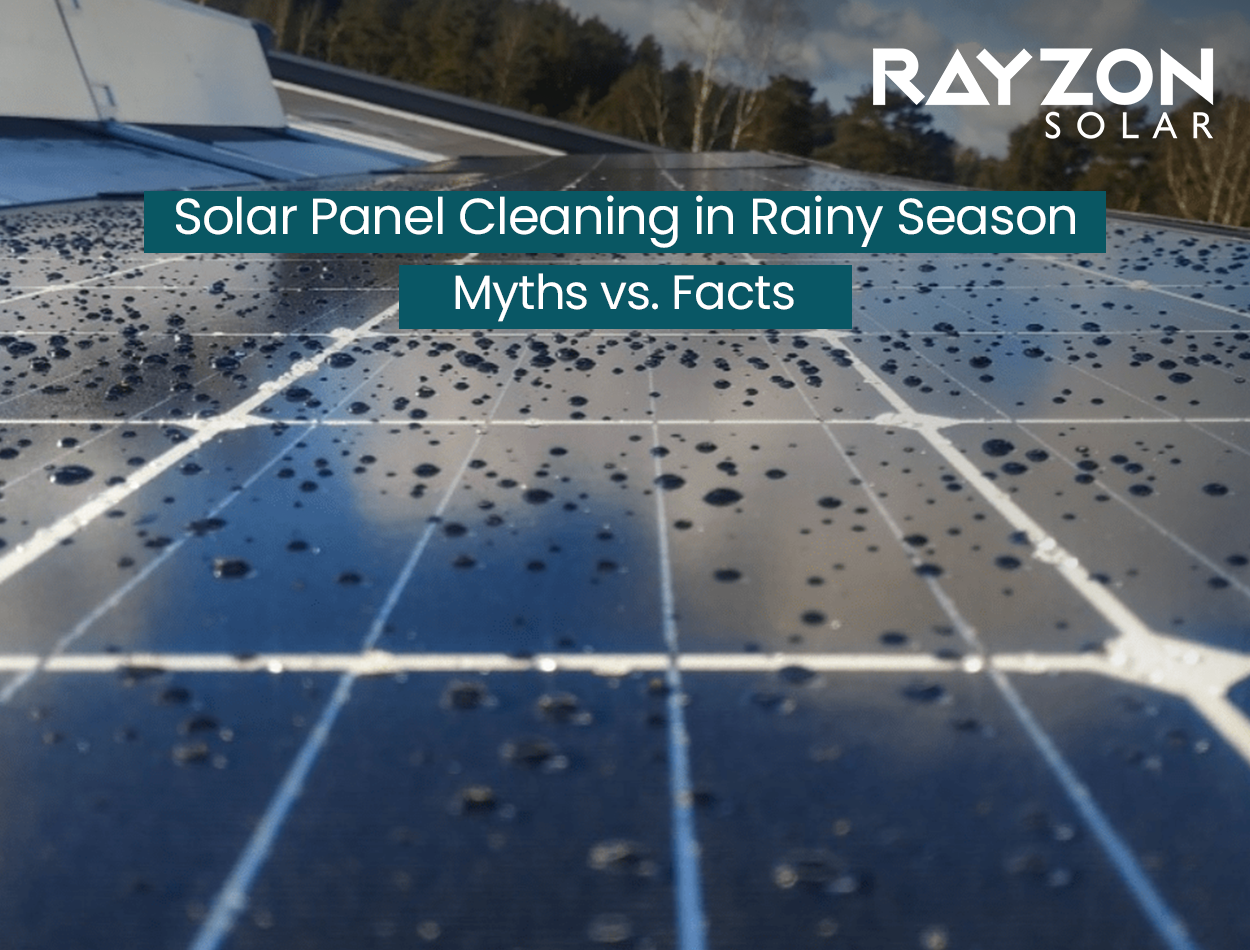
Solar Panel Cleaning in Rainy Season: Myths vs. Facts
In 2025, as solar energy continues to power millions of Indian homes and businesses, one important maintenance question keeps surfacing with the arrival of the monsoon: Do solar panels need cleaning during the rainy season?
At first glance, it might seem like rain would do the job just fine; after all, water falls freely from the sky and splashes over the surface of your solar panels. But is it truly enough to wash away dirt, grime and pollutants? Or is this just one of many persistent myths surrounding solar maintenance during the monsoons?
With India’s ambitious solar goals and growing rooftop installations in cities like Mumbai, Surat, Bengaluru and Delhi, understanding how to care for your panels year-round is critical for maximising efficiency and return on investment.
In this blog, we’ll dive deep into common misconceptions about solar panel cleaning in rainy weather, backed by science and industry insights. Whether you're a homeowner or business owner, you'll find out exactly what works, what doesn't and how to keep your solar system operating at peak performance, even through cloudy skies and heavy downpours.
Let’s bust some myths and reveal the real facts you need to know to maintain your solar investment the smart way.
Myth 1: Rain Alone Cleans Solar Panels Effectively
Fact: Rain can rinse dust and some debris, but it cannot remove stubborn dirt like bird droppings, sticky pollen, mould, or oily stains.
Rain is often believed to be a natural cleaner for solar panels. While it does provide some rinsing, rain alone is not effective in thoroughly cleaning solar modules. In fact, in polluted cities or dusty rural areas, the rain can even create streaks or mineral deposits, affecting panel transparency.
⚠️ Studies show solar panels can lose up to 20% of their energy yield annually due to soiling in dusty or polluted regions.
Myth 2: Rainwater Leaves Panels Spotless
Fact: Rainwater can leave behind mineral deposits or dirt streaks, especially in industrial zones.
Rainwater isn’t pure. In urban and industrial areas, it's mixed with airborne pollutants, dust and minerals. When this rain evaporates, it can leave behind stains that reduce solar panel light absorption.
To get a streak-free surface, you need to clean solar panels with RO or deionised water and non-abrasive materials. This removes grime safely without damaging the anti-reflective coating on the panels.
Myth 3: Solar Panels Are Self-Cleaning in Rainy Climates
Fact: Even in tropical, rainy, or humid areas, mould and algae can grow on solar panels.
Many assume that living in a high-rainfall area eliminates the need for cleaning. However, in regions like Kerala, Goa, or the North-East, the combination of rain and humidity often leads to mould, moss, or even lichen formation on solar panels.
These biological growths can significantly reduce energy production and are rarely removed by rainfall alone. A periodic professional solar panel cleaning service is vital.
Myth 4: Cleaning is Unnecessary During the Rainy Season
Fact: Rain reduces the need for frequent cleaning, but not entirely.
Rain can indeed reduce surface dust build-up, but certain contaminants, like bird droppings and industrial soot, are still common during the rainy season. If left uncleaned, they harden over time, decreasing output and increasing the risk of permanent stains.
A simple solar panel inspection after every major storm or rain cycle is recommended. Monitoring your solar panel efficiency through your inverter data can help decide if cleaning is required.
Myth 5: Any Cleaning Method or Water Is Suitable
Fact: Wrong cleaning techniques can permanently damage your solar panels.
Avoid using:
- Hard water (leaves mineral residue)
- Detergents or soaps (cause streaking)
- Abrasive tools (scratch glass surface)
- Pressure washers (damage seals)
Always clean using:
- Soft microfiber cloth or a non-abrasive sponge
- Soft or RO water
- Clean panels during early morning or late evening to avoid thermal cracking due to heat shock
Fact: Regular Cleaning Maximises Efficiency
Dust, grime and pollutants form an invisible layer that blocks sunlight. Depending on your environment:
- In industrial areas, solar panel output can drop 30%
- In coastal regions, salt spray causes corrosion and needs frequent rinsing
- In agricultural zones, pollen and dry soil residue demand regular care
Routine cleaning can increase solar panel efficiency by 10% to 30%, improving your ROI dramatically over time.
Fact: Rain Helps but Does Not Replace Maintenance
Rain can cool panels and remove light dust, but think of it like a car windshield — after rain, don’t you still need to wipe it clean?
Relying on rain to clean solar panels is like expecting your windshield wipers to keep your car spotless during the monsoon.
Summary Table: Rain & Solar Panel Cleaning
| Myth/Fact | Reality |
|---|---|
| Rain cleans panels completely. | Only removes loose dirt; stubborn grime stays. |
| Rainwater leaves no residue. | Leaves minerals, pollutants, causing efficiency loss |
| No cleaning needed in the rainy season | Regular inspection & cleaning are still needed |
| Any cleaning method is fine. | Must use soft, deionised water & proper tools |
| Regular cleaning has minimal impact | Boosts output by 10%–30% in dusty/polluted areas |
How Environmental Pollution Affects Solar Panel Cleaning Needs
While rain plays a limited role in rinsing off surface dust, environmental pollution is a much stubborn and silent threat to your solar panel’s performance. The level of airborne pollutants, like carbon soot, industrial emissions, vehicular fumes and construction dust, directly impacts how often your solar panels need cleaning, especially in urban areas and industrial belts.
In high-pollution cities like Delhi, Kanpur and Ahmedabad, solar panels tend to accumulate a sticky layer of grime and particulate matter. This grime isn’t easily removed by rainfall, as it mixes with moisture to form muddy or oily stains. These residues reduce the solar irradiance hitting the panel surface, causing a noticeable drop in power output, sometimes by as much as 30% if left uncleaned for long periods.
Moreover, if pollutants like sulphur or nitrogen oxides from industrial zones settle on panels, they can lead to chemical corrosion over time, shortening the panel's lifespan.
If your solar installation is located near:
- Busy roads or highways
- Construction zones
- Industrial parks
- Coal or biomass burning areas
...you’ll need to increase the cleaning frequency, even during the monsoon.
Pro Tip: Monitor your inverter or energy generation dashboard weekly. A sudden dip in output, even with consistent sunlight, could signal dirt buildup. Combine visual inspections with data to plan timely maintenance.
Keeping solar panels clean in polluted environments isn’t just good practice, it’s a must for optimal ROI and long-term efficiency.
FAQs: Clearing Your Doubts
Q1: Can rain alone really keep my solar panels clean and efficient?
No. Rain only removes loose dust. Sticky debris, like bird droppings or pollution stains, needs manual or professional cleaning.
Q2: How often should I clean panels in dusty areas?
At least once every 2–3 months, even during monsoon. Monitor your inverter for drops in performance.
Q3: Are household detergents safe for solar panel cleaning?
No. They can damage the surface and reduce light transmission. Use special solar panel cleaners or just soft water.
Q4: Is cleaning in peak sun hours harmful?
Yes. Cleaning hot panels can cause thermal stress and lead to micro-cracks or glass damage. Clean early morning or evening.
Q5: How does pollution affect cleaning frequency?
High pollution = faster dirt accumulation. Clean panels more frequently in cities or near factories.
Final Thoughts: Keep Panels Clean, Even When It Rains
The monsoon may make your solar panels look cleaner on the surface, but looks can be deceiving. Regular inspections, proper cleaning and avoiding harmful myths are key to keeping your solar system performing at its best.
Whether you're a homeowner or a commercial solar user, don't skip maintenance during the rainy season. Let rain be an assistant, not a replacement.
And remember, clean panels = maximum savings.
